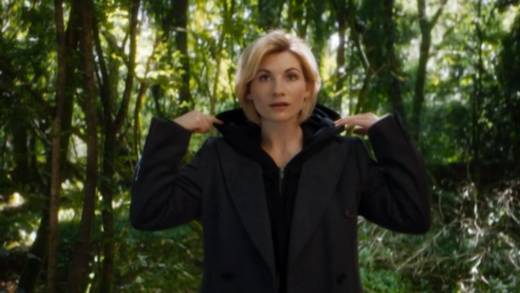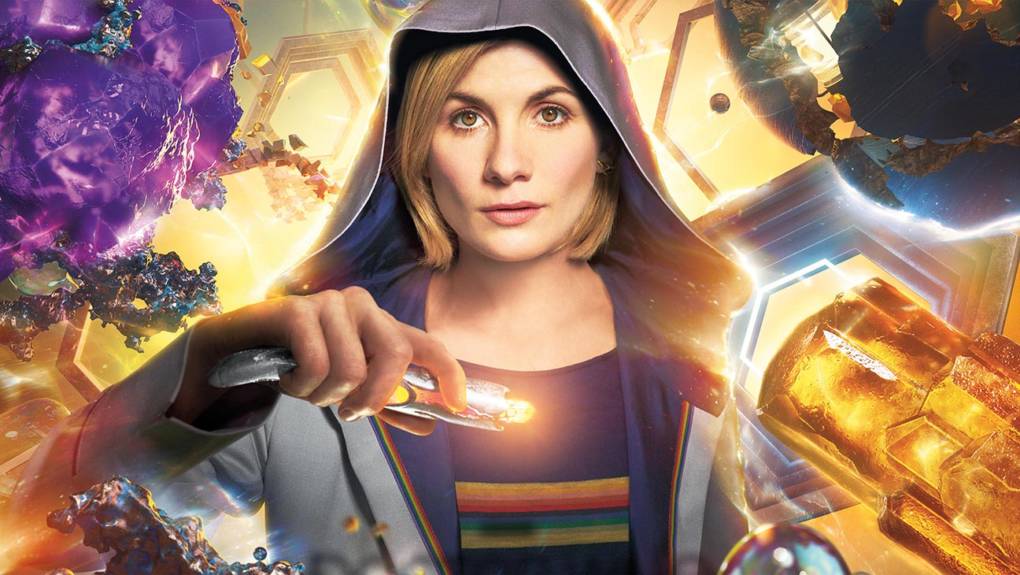Over the weekend, news that British sci-fi hit Doctor Who would finally be welcoming its first female Doctor threw the entire internet into a frenzy of both excitement and horror.
The 13th 'Doctor Who' is a Woman—But the Show Has Had Female Pioneers From the Very Beginning

For many, replacing the Time Lord with a Time Lady was a long-overdue step forward for a show that traditionally relegated female characters to sidekick roles. What many don't realize is that Doctor Who has actually been a show that assisted women in breaking boundaries from the very start.
The program's creator, Sydney Newman, originally tried to introduce the idea of a female Doctor in the 1980s, as a way to revive the then-ailing show. The head of the BBC at the time shut the idea down—not terribly surprising given that Peter Davison, who played the Doctor between 1981 and 1984, once publicly dismissed the idea of ever having a female lead, saying: "It’s not as if you would have a female James Bond." (We'll see about that too, Davison!)
Newman's forward-thinking was also the reason he brought in the BBC's first ever female producer, Verity Lambert, to work on Doctor Who in 1963. Newman later noted: "‘I think the best thing I ever did... was to find Verity Lambert... She was gutsy." Lambert's important contributions were not forgotten. In 2002, she was awarded an OBE from Queen Elizabeth II for services to film and television production.
Lambert wasn't the only woman who was essential in Doctor Who's earliest days—that ear worm of a theme tune was created by an electronica pioneer named Delia Derbyshire. Though a man named Ron Grainer had written the score, Derbyshire so transformed it that Grainer was said to have asked her, "Did I really write this?" Derbyshire's arrangement stayed on the air, in its original form, for an impressive 17 years.
Though Derbyshire was never formally credited by the BBC for her work on the theme tune, and received no royalties for it, what her forward-thinking approach to music did garner was a massive cult following, props from the likes of Aphex Twin and Yoko Ono, a fascinating documentary about her life, and a street named after her in her hometown of Coventry, England.
Another pioneer in her field, Judith Merril was a science fiction author who, in the late '70s and early '80s was given the task of dissecting Doctor Who episodes directly after they had aired, for the BBC. Merril called herself the UnDoctor and would interview scientists and philosophers about various subjects raised in each episode. Merril not only got the opportunity to turn Doctor Who into an educational experience, she clearly had a blast doing it.
By 2015, the roles for women on the show had so improved, Vanity Fair declared Doctor Who "righteously feminist," after an episode in which Clara Oswald and Ashildr take off in their own tardis. Strong, intelligent women have, in fact, shown up repeatedly since the show's 2005 re-boot. (See: Amy Pond, Rose Tyler, and Martha Jones.)
Doctor Who has also been making strides forward in the sexuality stakes. It was praised earlier this year for introducing its first openly gay lead character (Bill Potts), but has managed to approach sexuality in truly groundbreaking ways already. Doctor Who has featured two omnisexual characters (the much-loved River Song and Captain Jack Harkness), as well as a married lesbian couple, Jenny Flint and Madam Vastra, who also happen to be interspecies!
If the show was too male-dominated in the '70s and '80s (and it was), it's certainly more than making up for it now. Just as Star Trek used science fiction as a means to break down taboos and social barriers (television's first interracial kiss, anyone?), Doctor Who is attempting to do the same at a much more rapid rate than anyone could have imagined in the show's early days. Now with its first female Doctor, that progress should be unstoppable.


